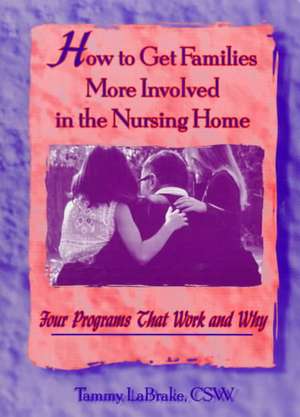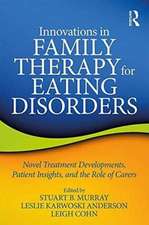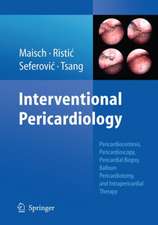How to Get Families More Involved in the Nursing Home: Four Programs That Work and Why
Autor Tammy La Brakeen Limba Engleză Paperback – 18 feb 1997
In the daily bustle of trying to meet the needs of all residents, staff members do not generally have time to devote to family members who often feel awkward during their visits and do not realize their help would be welcomed. Nursing home coordinators and social workers can use the model support groups and workshops this book provides to open the lines of communication between staff and families and enable them to work together to assess and meet residents’ needs. Implementation of these programs encourages families to take an active role in the operation of the nursing home and to participate in the decisions and events that affect the residents’ lives. How to Get Families More Involved in the Nursing Home provides easy, step-by-step procedures for the installation of family programs without overtaxing social workers and directors already under pressure.
In addition to the four model programs developed and presented by author Tammy LaBrake, a Public Health Social Work Consultant, this book examines research findings on the lack of family participation in nursing homes despite the offering of family programs. You learn how to overcome barriers to communication and collaboration between staff members and family members and capitalize on the amount of participation that does exist within a nursing home. You also learn how to convey to families that they are equally responsible for the well-being of their resident and that their input and assistance are necessary to correct problems that cannot be remedied by staff members alone. Finally, How to Get Families More Involved in the Nursing Home demonstrates that workshops, social gatherings, and councils do contribute to the formation of a community where family members and staffers find the mutual support necessary to provide excellent health care and soften the institutional atmosphere.
Preț: 393.98 lei
Preț vechi: 600.58 lei
-34% Nou
Puncte Express: 591
Preț estimativ în valută:
75.40€ • 81.87$ • 63.33£
75.40€ • 81.87$ • 63.33£
Carte tipărită la comandă
Livrare economică 23 aprilie-07 mai
Preluare comenzi: 021 569.72.76
Specificații
ISBN-13: 9780789002051
ISBN-10: 0789002051
Pagini: 116
Dimensiuni: 152 x 212 x 9 mm
Greutate: 0.18 kg
Ediția:1
Editura: Taylor & Francis
Colecția Routledge
Locul publicării:Oxford, United Kingdom
ISBN-10: 0789002051
Pagini: 116
Dimensiuni: 152 x 212 x 9 mm
Greutate: 0.18 kg
Ediția:1
Editura: Taylor & Francis
Colecția Routledge
Locul publicării:Oxford, United Kingdom
Cuprins
ContentsEducational Family Workshops
- Family Support Groups
- Family Councils
- Holiday Socials
- Lack of Family Participation and Why
- Appendix
- References
- Index
Notă biografică
Public Health Social Work Consultant for the New York State Department of Health in Troy. In this capacity, she regulates statutory requirements in nursing homes, conducts surveys of nursing homes, and identifies deficient practices where they exist. The previous Director of Social Work Services for the Delaware County Home and Infirmary in Delhi, New York, Ms. LaBrake is an expert on the organizational structures and operations of long-term care and regulatory systems. She is particularly interested in how the quality of physical environment and activity programs can empower residents and accommodate their needs and interests.
Descriere
Health care providers and social workers at nursing homes may feel they have little time to design programs for the family members of their residents, yet you will learn in How to Get Families More Involved in the Nursing Home that the benefits of such programs are immense and the time investment will pay off. You'll learn of four family programs that can be put into use immediately or can be changed or expanded to fit the needs of an individual setting. In addition, witness how educational workshops, support groups, family councils, and holiday socials increase family involvement in the nursing home, which in turn improves the quality of care and life that long-term residents experience.












